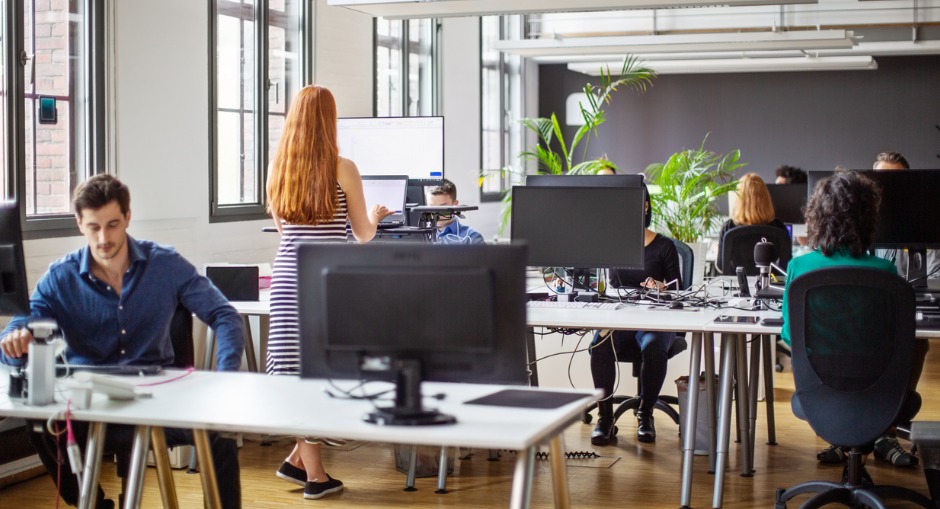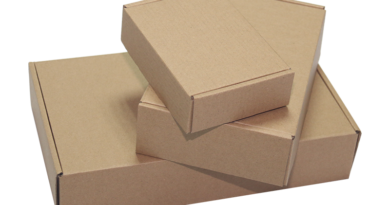The Impact of Office Furniture on Workplace Productivity
Furniture is a crucial aspect of any office environment. It not only serves the practical purpose of providing employees with a place to work but can also significantly impact workplace productivity. In this blog, we will discuss the various ways in which office furniture can affect productivity and provide tips on how to select the right furniture for your workspace.
Comfortable Furniture Boosts Morale and Reduces Stress
Comfortable office furniture can play a significant role in boosting employee morale and reducing stress. If employees are sitting in chairs that are uncomfortable or desks that are too low or high, it can lead to physical discomfort and distraction. This can affect concentration, mood, and overall productivity. By providing comfortable and ergonomic furniture, you can help your employees to stay focused and motivated.
The Layout of the Furniture Impacts Collaboration and Communication
The layout of your office furniture can have a significant impact on collaboration and communication among employees. The right furniture layout can encourage teamwork, brainstorming, and a sense of community. Open-plan office layouts, for example, can increase communication and collaboration. On the other hand, private offices or cubicles can provide privacy and quiet space for employees to focus on individual tasks.
Proper Lighting and Furniture can Improve Concentration and Alertness
Proper lighting and furniture can improve concentration and alertness among employees. Natural light and proper lighting fixtures can help reduce eye strain, headaches, and fatigue, which can all impact productivity. Additionally, furniture that promotes good posture can help to keep employees alert and focused. Standing desks, for example, can help employees maintain good posture and avoid the negative effects of sitting for long periods.
Organized and Functional Furniture Reduces Clutter and Saves Time
An organized and functional workspace can help to reduce clutter and save time. Furniture with built-in storage or file cabinets can help employees to stay organized and productive. Similarly, adjustable or modular furniture can help to create a workspace that is tailored to individual needs. This can help to increase efficiency and reduce the time employees spend searching for documents or equipment.
Furniture with Aesthetically Pleasing Design Encourages Creativity
Furniture with an aesthetically pleasing design can encourage creativity and inspiration among employees. Bold and colorful furniture can add energy to a workspace, while clean and minimalistic designs can promote a sense of calm and focus. When selecting furniture, it’s important to consider the overall design of the workspace and choose pieces that complement the existing decor and style.
Choose ergonomic chairs
Ergonomic chairs provide good lumbar support, adjustable armrests, and adjustable height, which helps in reducing the risk of back pain and other body aches caused by sitting for long hours. Employees who sit on ergonomic chairs are more productive and comfortable at work.
In addition to choosing ergonomic chairs, it’s also important to ensure that they are adjustable and have proper lumbar support. This will help prevent strain on the lower back, neck, and shoulders, which are common areas where employees experience pain and discomfort. Look for chairs with adjustable armrests, seat height, and tilt to ensure that each employee can adjust their chair to fit their body properly. It’s also a good idea to consider adding footrests for employees who need additional support for their feet and legs.
Incorporate standing desks
Standing desks can be a great addition to the office furniture as they encourage employees to stand and work, which helps in reducing the risk of health issues caused by sitting for long hours. Standing desks also help in increasing the energy level of employees, which leads to better productivity.
Provide privacy booths
Privacy booths can be a great addition to the office furniture as they provide employees with a private space to work, make phone calls, or have a meeting. Privacy booths also help in reducing noise distractions, which leads to better focus and productivity.
Use plants to improve air quality
Plants can help improve the air quality in the office by absorbing toxins and pollutants. Improved air quality leads to better cognitive performance and productivity among employees.
Consider acoustics
Noise distractions can be a major productivity killer in the office. Incorporating acoustic panels or sound-absorbing materials in the office furniture can help in reducing noise distractions, which leads to better concentration and productivity.
In conclusion, office furniture plays a significant role in workplace productivity. By providing comfortable, functional, and aesthetically pleasing furniture, you can create an environment that promotes collaboration, creativity, and efficiency. It’s important to consider the needs of your employees and the overall goals of your workspace when selecting furniture. By doing so, you can create a workspace that fosters productivity and employee satisfaction.




